Can my warming drawer replace a Crock Pot?
Jo
8 years ago
Featured Answer
Sort by:Oldest
Comments (30)
Related Discussions
Disappointed with my Crock Pot brand slow cooker
Comments (25)I use a knife or whatever's handy to fish the bread out of the toaster. My mom probably taught me to do otherwise, but I got to thinking logically (something she rarely did) and realized that it's not likely to get electrocuted by sticking a knife in the toaster. Otherwise, why would they make the toaster compartments deeper than the bread? I mean, come on, they do it on purpose so we have to be tempted to stick a knife into the blasted thing. The only time I've had trouble with a crock pot lid breaking was my fault. I dropped it and it shattered. Unfortunately, I can't blame that one on the company, as much as I'd like to. Sally...See MoreKAW! Chicken and dumplings in the crock pot!
Comments (26)Deedles, I didn't think they were either, the fluffed up nicely, but were still substantial, and not like lead sinkers! SJG, rather then interlocking the sheets by a slight vertical offset, they were installed in a straight line with loose tiles to fill in the gaps. So instead of a seamless pattern I have a striped one. There are pics posted if you want to see. Autumn4, mine ended up kind of like gravy. I just kept stirring, and eventually decided it wasn't getting any thicker. I did use whole milk though. I figured since I took a pass on the canned soup I'd throw caution to the wind and live a little! I'm curious to hear how yours came out! We just finished the leftovers and it heated up very well. I wish my stomach was a little bigger, my mouth wants more....See MoreTime for new Crock Pot
Comments (48)blueiris I have an 18 qt roaster and it's to big for just the 2 of us, that's why I'm buying the 6 qt. I borrowed the 6 qt from a friend to try out the size and see if I'd really use a roaster since I have only used my slow cooker a few times. The slow cooker is going out the door as soon as the roaster gets here. Besides the slow cooker cooking to hot, I just don't see using several pots just to get things ready for a slow cooker. Why dirty a pot to brown ground beef for chili, then put it in a slow cooker when I can just do it all in the same pot. The roaster let me brown the beef, add the ingredients then slow cook the chili, plus I didn't have to watch the stove top all day. I'm excited, but now Walmart is saying it won't be here till the 17th. :(...See MoreCrock pot or slow cooker?
Comments (15)I used my West Bend bean pot style slow cooker for decades, long after the porcelain finish inside was stained and looking worn. I'd begun doing research on the newer versions and kept finding the same warning, they all cook hotter. I ended up with a Fagor multi cooker and use it all the time - I probably enjoy it more than any other single appliance in my kitchen. I brown, slow cook, and pressure cook in it, super easy to set timing, and just as easy to clean when finished, would really hate to be without it now. It will hold on 'warm' after cooking time has finished, but truthfully, I haven't found it overcooks foods using my old recipes. (two settings for slow cook - slow, and slower ;)) It's 6 qt, seems to be a good size for us. For larger things, I've got a Nesco roaster and that's where the holiday ham went that needed a full 8 hours at 275F according to the meat market it was shipped from (gift). The Fagor wasn't inexpensive, but worth every penny in my kitchen....See MoreJo
8 years agoJo
8 years agoJo
8 years agolast modified: 8 years agowekick
8 years agoJo
8 years agolast modified: 8 years agoDeck The Halls
8 years agojwvideo
8 years agolast modified: 8 years agoJo
8 years agowekick
8 years agojwvideo
8 years agolast modified: 8 years agoJo
8 years agoUser
8 years agoJo
8 years agoJo
8 years ago
Related Stories
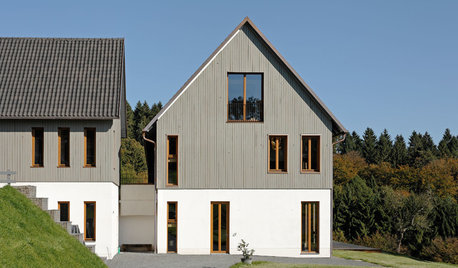
EXTERIOR COLORExterior Color of the Week: 7 Ways With Warm Gray
See why this hue can be the perfect neutral for any house
Full Story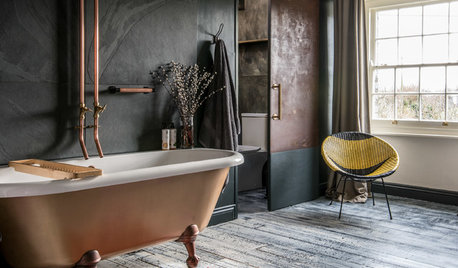
METALSee How Metallics Can Pull Together Your Decor
Metal accents can create a focal point, warm up a cool room and brighten a dark space
Full Story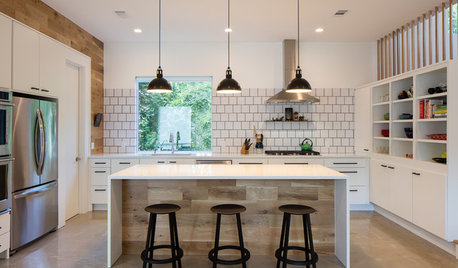
KITCHEN DESIGNNew This Week: Wood Warms These Kitchens
Three new kitchen projects show how wood can work as an accent or on features from floor to ceiling
Full Story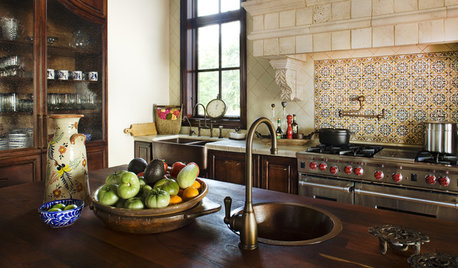
KITCHEN DESIGNTry a Copper Sink for a Warm Glow in the Kitchen
Bring polish and patina to your kitchen with a sink done in endlessly interesting copper
Full Story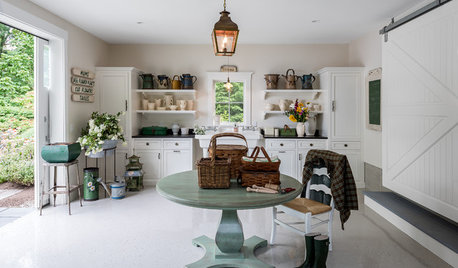
GARDENING GUIDESHow to Declutter Your Garden Shed, Greenhouse or Potting Bench
Get those pots and tools sorted now, and you’ll be free to focus on your plants when spring arrives
Full Story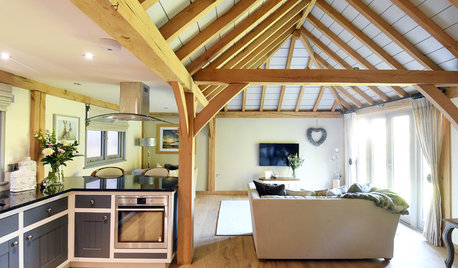
GUESTHOUSESHouzz Tour: Oak and Natural Light Warm Up an English Cottage
A ground-level guesthouse with a curbless shower gives a grandmother a place to recover from surgery
Full Story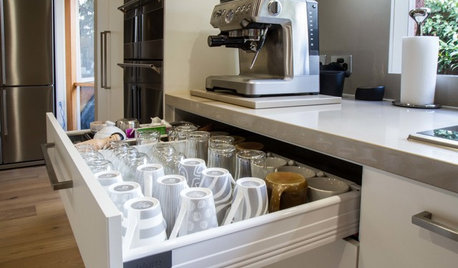
KITCHEN STORAGEPulling Power: Clever Drawer Tactics for a Kitchen
It’s not how many drawers you have in your kitchen; it’s how they work for you
Full Story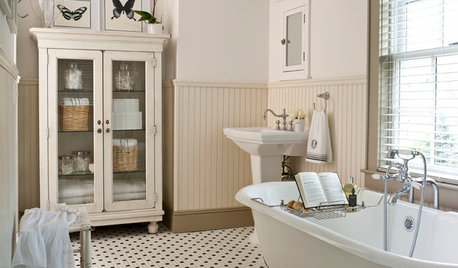
MOST POPULARMust-Try Color Combo: White With Warm Off-White
Avoid going too traditional and too clean by introducing an off-white palette that brings a touch of warmth and elegance
Full Story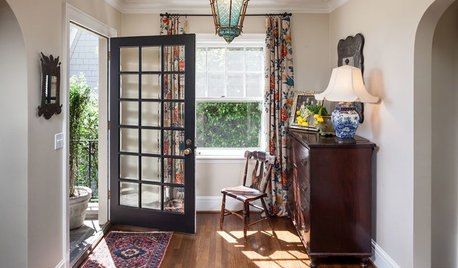
FEEL-GOOD HOME10 Ideas to Make Your Home Feel Warm and Welcoming
Learn the secret to creating an inviting home that everyone wants to spend time in
Full Story
GARDENING GUIDES6 Dependable Ground Covers for Warm Climates
Swap some lawn for these drought-tolerant clumping plants — and watch your maintenance efforts diminish while they easily grow
Full Story


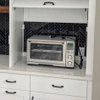

Deck The Halls